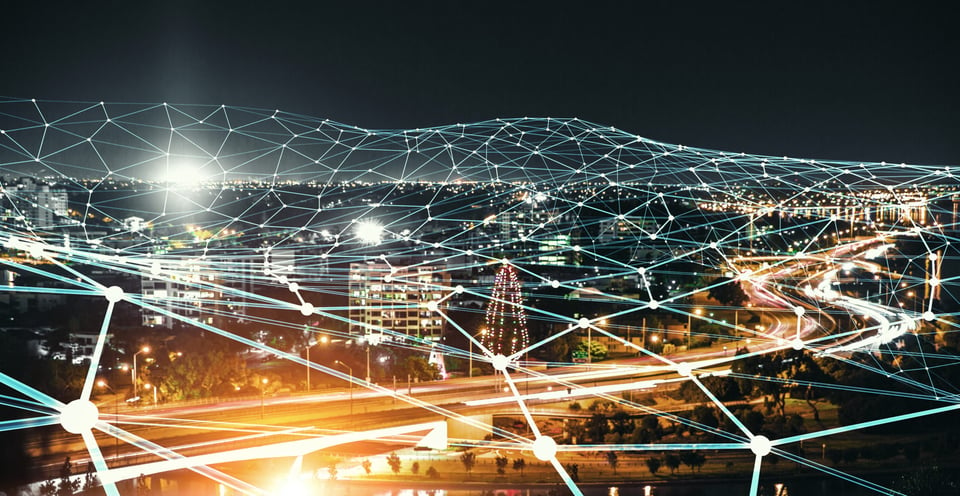by Joe Mendel –
Hyper-personalized financial services and transactions in real-time powered by data generated by IoT; delivered at light speed through 5 & 6G networks will be enabled by the advances and proliferation of sensors. Everything from household appliances to commercial equipment, buildings and personal wearable devices will capture conditional and behavioral information used to personalize services.
PwC anticipates approximately $43 billion in productivity gains for financial services in the U.S. by 2030 from 5G, primarily through improved customer experience and reduced losses from fraud according to and article in The Financial Brand1. The same article talks about a partnership between Mastercard and Verizon to address these use cases for financial service transactions:
- Enable smartphones or connected devices to seamlessly accept payments (meaning every phone becomes a POS terminal).
- Unlock touchless retail shopping experiences.
- Empower small business digital readiness.
- Enhance the bill-pay experience.
- Targeting consumers with “hyper-contextualized” advice and better product and loan recommendations.
- High-resolution streaming that enables video consultations between financial representatives and customers will become the norm, building off greater consumer interest in video communications.
- Pop-up mobile branches enabled by 5G connectivity will further reduce the need for brick-and-mortar branches.
- Also, the real-time aspect of 5G and “zero latency” enables value producing enhancement of SaaS and Cloud-based offerings and solutions
Other contemplated use cases could include exploiting the myriad of sensors that currently exist and that are in development that could relay information in real-time on:
- Integrity of a roof or shingles on a house used as collateral for a mortgage (that would warrant a proactive sales effort to refinance). Think proactive risk management and predictive sales opportunities
- Replacement of major home appliances that are fatigued, such as a furnace or air conditioning unit.
- Replacement of commercial equipment for manufacturing companies where sensors indicate faults
- Fleet financing based on miles used (via sensors) like current airline engine leases for jets that are based on hours flown.
- Consumer wearables with sensors that monitor body conditions and adjust insurance rates accordingly
The Internet of Things will supply additional data, 5G (and already in discussion 6G) will expand the availability for vast amounts of data over a broader spectrum (in a bigger faster pipe) to be captured, warehoused, analyzed, monetized and other wise used to gain a better understanding of consumer behaviors, tendencies, preferences, and habits that can be used for one-to-one marketing campaigns.
Data excellence will be at the forefront of strategic priorities as the need to capture this information, rationalize and normalize it, store it, access it, monetize it, and deliver it into the hands of specialists who can create the unique touchpoints and experiences becomes table stakes. New real-time processing of transactions like payments for example will be enabled by the broad spectrum available through the networks. Enhancements to cyber-security and fraud detection and prevention will make great strides as real-time events can be evaluated and compromised before loss creating stronger risk management controls. Banks will benefit from these advances and be able to leverage the new data available to them to gain competitive advantages.
Works Cited
1. The Financial Brand (2021, Aug 2) "How 5G Will Reshape the Future of Digital Banking & Payments" Retrieved from https://thefinancialbrand.com/news/payments-trends/how-5g-will-reshape-the-future-of-digital-banking-payments-119383/

